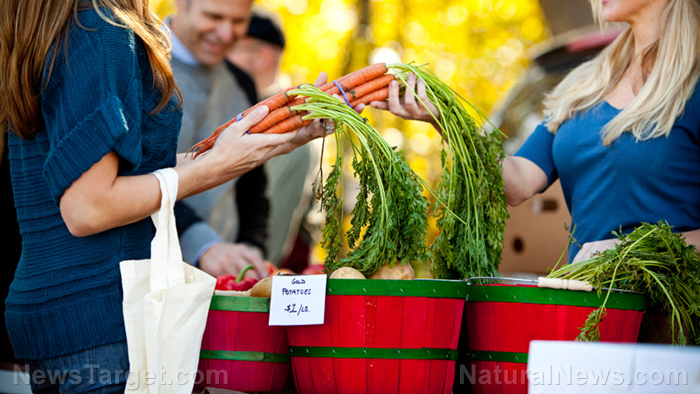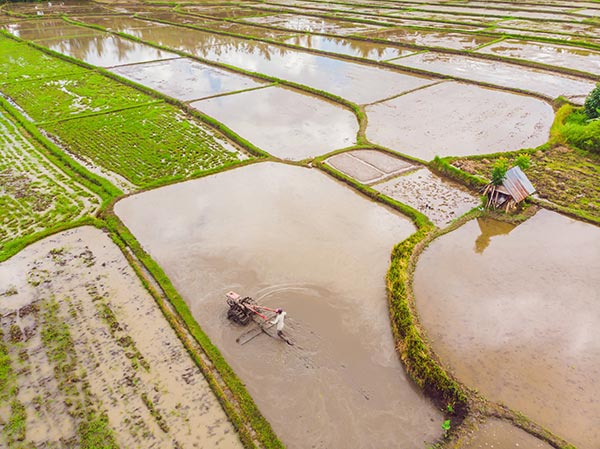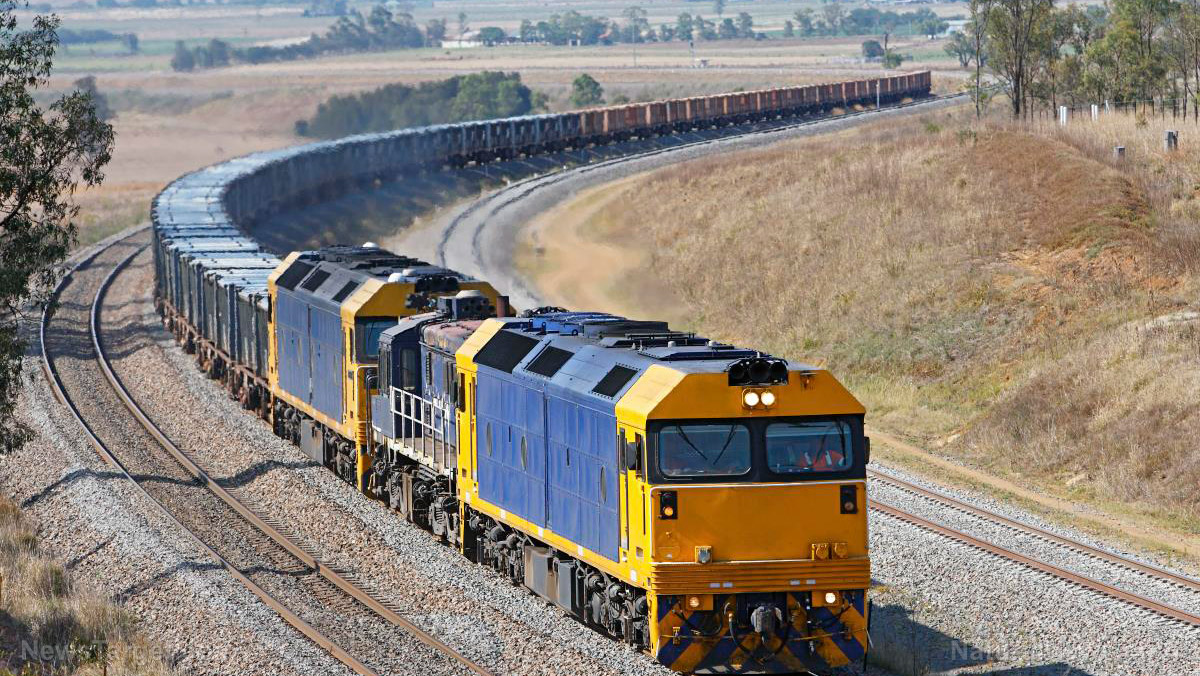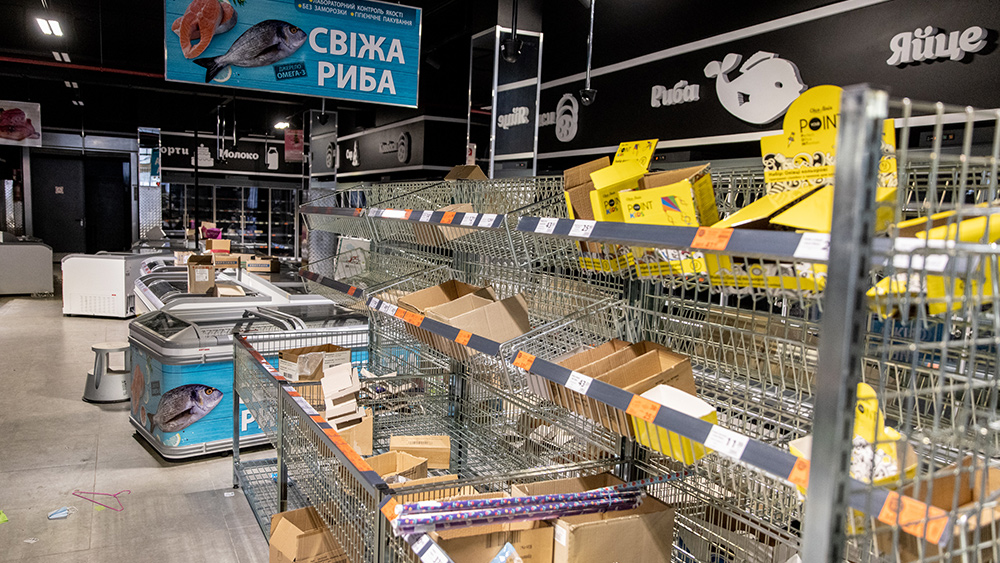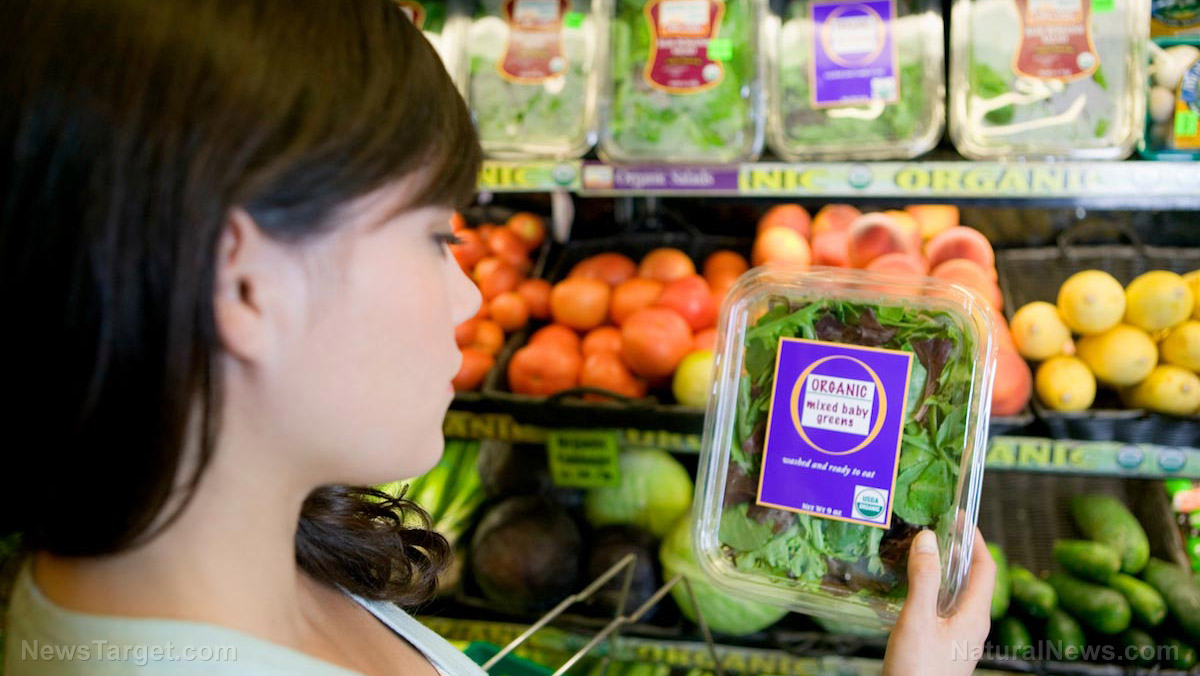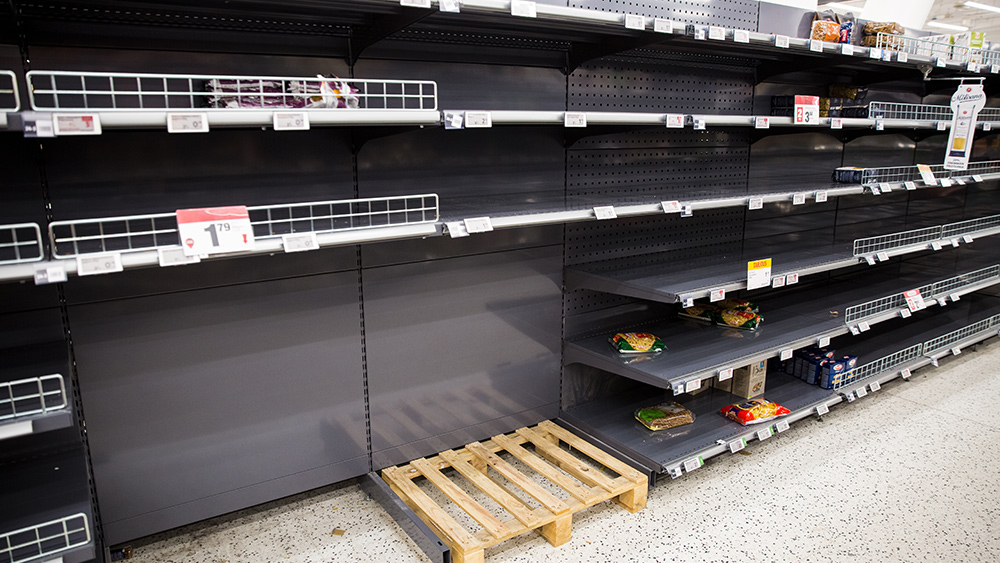Food supply 101: What kinds of survival food do you need in your stockpile?
10/15/2021 / By Rose Lidell

When preparing for natural disasters, you need to stock up on food that will last long in your pantry, like canned goods and dry foods like grains.
If you’re not sure what kinds of food to stock up on, read on for tips on how to choose items for your survival stockpile. (H/t to Survivopedia.com)
Things to consider when choosing items for your food stockpile
You can’t just buy random cans of food for your emergency stockpile. Here are several things to consider when buying supplies:
Buy food that can be served with little to no preparation
When disaster strikes, you could lose power at home. This might not be an issue if it only lasts for one day, but can you prepare food for your family if you experience a long-term power outage? One way to deal with this is to learn to cook over an outdoor fire or a grill. That said, fire codes often prohibit you from storing enough fuel to cook and heat your home for a year or more.
If you’re worried about preparing food during a power outage, stock up on foods that require little or no cooking. Stock up on shelf-stable foods that don’t require extensive preparation of cooking to eat.
Store different kinds of food to prevent food fatigue
Food fatigue occurs when you’re bored or overwhelmed at the thought of consuming food, even if your body is telling you to eat food because you are hungry.
Unlike picky eating, food fatigue is a psychological and involuntary reaction. While a picky eater is simply refusing to eat something because they don’t like it, if you have food fatigue, you may be unable to eat even if you’ve been served your favorite foods.
This might not seem serious, but when it happens too frequently, food fatigue can harm your overall health. You can prevent food fatigue by stocking up on a variety of food that’s also nutritious.
What are your food storage goals?
People have different goals when setting up a stockpile, but these questions will help you determine your food storage goals:
- How long do you want your food supply to sustain you?
- How many people do you plan on feeding with your stockpile?
- Do you have enough space to store your stockpile?

Food for your survival stockpile
When buying food for your survival stockpile, it’s best to store items with a long shelf life.
Wet packed food
Wet packing or canning foods in glass Mason jars using the water bath method is a skill that’s essential for anyone who wants to be self-sufficient.
Before SHTF, learn how to grow fresh fruits and vegetables in your home garden. You should also learn how to can excess harvest at home so you can build your food stockpile.
Buying canned foods is also a great way to store shelf-stable items like butter, cream and processed cheese. Store at least three months of shelf-stable foods that you normally eat and that don’t require cooking.
Make sure you have a can opener and extras for your stockpile.
Dry packed food
Dry packed food storage is the practice of packing dry foods, like grains or potato flakes, canned in #10 cans with an oxygen absorber packet. Depending on the food, items can last five to thirty years or more when properly stored.
If your items don’t come with a manufacture date, label the cans with the date you bought them. Track items in your stockpile by printing a list of expiration dates.
Check the storage life of foods to determine if you should buy dry-packed foods or if it’s better to invest in freeze-dried foods. If you want to eliminate the need to rotate your supplies, stock up on foods with a very long shelf life.
When organizing your stockpile, group foods according to shelf-life. Keep foods with a shorter shelf life where they are easy to access so you don’t have to rummage through a whole shelf if you need to rotate supplies.
If you plan on baking with the grains in your supply stockpile, invest in an electric grinder with a manual option. If you lose power for a week or longer, you can manually grind grains to make flour for baking.
Freeze-dried food
Freeze-dried foods usually last up to 30 years and some dairy products may last for about 20 years. If you want “buy and forget” items for your stockpile, go with freeze-dried foods.
In addition, freeze-dried foods are also lightweight and most kinds can be prepared using only hot water. But while freeze-dried food is convenient, they’re typically more expensive compared to canned food or grains.
In most cases freeze-dried food storage can cost five times the cost of dry-packed food storage.
Nitrogen packed food
Nitrogen-packed foods are usually dry packed in #10 cans or buckets lined with Mylar bags filled with nitrogen gas before being sealed. Since nitrogen is heavier than air and is used to displace oxygen, it is believed that nitrogen packing helps lengthen the storage life of food.

A suggestion of foods you can buy for your stockpile
Before disaster strikes, stock up on the foods listed below. Make sure you only buy foods that your family likes eating so you don’t waste any money.
- Canned fruit
- Canned liquids (Vegetable juice, pineapple juice, etc.)
- Canned meats, poultry and seafood
- Canned veggies
- Cereals
- Condiments
- Cooking oils (Butter, olive oil, etc.)
- Crackers and cookies
- Dehydrated eggs
- Dehydrated powdered milk
- Dried fruit
- Drink mixes (Coffee, hot chocolate, juices, or tea)
- Grains (Corn or rice)
- Hard cheeses encased in wax or plastic
- Honey
- Jams and jellies
- Nut butter
- Nuts and seeds
- Oats and oatmeal
- Pasta
- Potato flour and potato flakes
- Spices and herbs
- Vitamins and supplements
- Water
- Whole wheat flour
Don’t forget to stock up on clean drinking water too. You will also need water for preparing food.
If you don’t have enough storage space at home, look for the nearest source of clean water and learn how to purify water for cooking and drinking.
Develop a hybrid food storage plan
Don’t be too brand-loyal. When buying items for your food supply, you need to buy more than one brand or kind of food. Store a little of each so you have more options.
For example, you can follow a hybrid food storage plan if you want to make the most of freeze-dried foods. Stock up on at least three months of normal shelf-stable foods and wet-packed foods.
Next, prepare a stockpile of less expensive dry-packed foods with long storage life. Buy freeze-dried instead of dry-packed foods with a shorter shelf life.
If your budget allows, get more dry-packed and freeze-dried foods until you have enough for at least two years. Once you have the basics, fill the gaps in your stockpile and rotate your supplies.
Make sure you have different kinds of foods that are easy to prepare and that will meet your family’s nutritional needs when SHTF.
Sources:
Submit a correction >>
Tagged Under:
canned food, food safety, food stockpile, Food storage, food supply, homesteading, how-to, nutrients, off grid, preparedness, prepper, prepping, preserving food, survival, survival food, sustainable living
This article may contain statements that reflect the opinion of the author
RECENT NEWS & ARTICLES
FoodRationing.news is a fact-based public education website published by FoodRationing News Features, LLC.
All content copyright © 2021 by FoodRationing News Features, LLC.
Contact Us with Tips or Corrections
All trademarks, registered trademarks and servicemarks mentioned on this site are the property of their respective owners.

